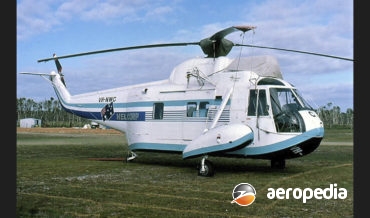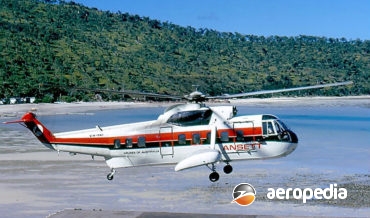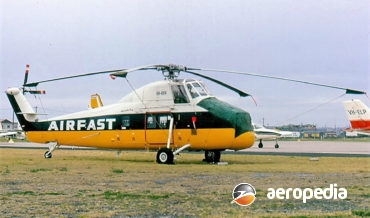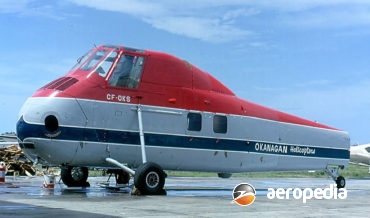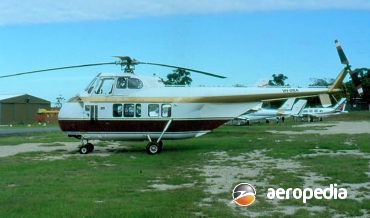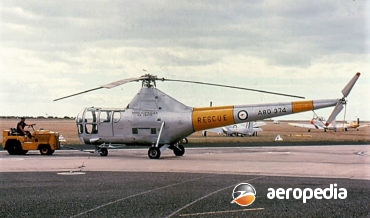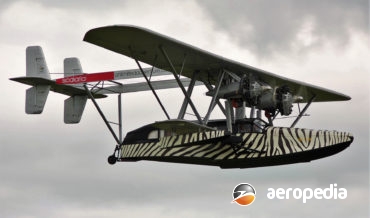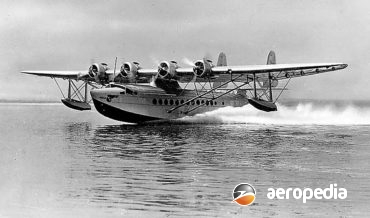All Contents
Contents
One of a new breed of high performance homebuilt aircraft available to the amateur constructor in kit form, the Seawind 2500 was designed by Seawind Industries of Haliburton, Ontario, Canada,the prototype (C-GFNL) flying for the first time on 23 August 1982.
David C. Eyre
- May 8, 2019
The design of the Sidewinder was commenced in 1958 by Jerry Smyth of Huntington, Indiana, it being a two-seat side-by-side sporting monoplane.
David C. Eyre
- May 8, 2019
The FSRW, constructed almost entirely of fibreglass, was initially a development project of the Sydney University School of Aeronautical Engineering, in 1974.
David C. Eyre
- May 8, 2019
The DSA-1 Miniplane (DSA - Darned Small Airplane) was designed, and the prototype built, by Frank W Smith as a small open cockpit biplane of relative simple construction, to be constructed by amateur builders, and to be capable of some aerobatics.
David C. Eyre
- May 8, 2019
The Aerostar series of light aircraft was designed by the late Ted Smith, who first became well known in aviation circles in the USA for designing the Aero Commander series of light business twins.
David C. Eyre
- May 8, 2019
The Petrel is a two-seat single-engine light sporting amphibian. French engineer, Claude Tisserand, designed and developed in 1983 a small monoplane of wooden construction which was amphibious, this aircraft flying for the first time in November 1986.
David C. Eyre
- May 8, 2019
William Douglas Sloane (known as Douglas) was born on 4 June 1890 at Mulwala Station north of Yarrawonga, VIC.
David C. Eyre
- May 8, 2019
The Revelation is a two-seat light sporting aircraft usually registered in the ultra-light category produced by Slip Stream Industries Inc in the US and was the result of deemed requirement for a two-seat training type for that part of the market.
David C. Eyre
- May 8, 2019
In 1977 a Melbourne aircraft designer, Ross Nolan, proposed an aircraft known as the Opal, the aircraft to be of moulded fibreglass, with a 67-kw (90-hp) converted Volkswagen engine, have a cruising speed of 290 km/h (180 mph) and a range of 4,630 km (2,977 miles).
David C. Eyre
- May 8, 2019
The Genesis is a two-seat, side-by-side, light touring and training aircraft supplied in kit form by SlipStream Industries Inc of Davenport, Idaho.
David C. Eyre
- May 8, 2019
Designed by Egon Scheibe, this series of self-launching gliders was introduced in 1968 by the German firm, Scheibe, which commenced production of a side-by-side two-seat dual-control training version of the SF-24A Motorspatz.
David C. Eyre
- May 8, 2019
The T-67 Firefly series was a development by Slingsby Aviation of the Fournier RF-6B two-seat aerobatic club trainer designed in the early 1970s and built with a steel-tube fuselage with fabric covering, and a wood with fabric covered wing.
David C. Eyre
- May 8, 2019
The Super Storch is a development of the Storch by what became Storch Aviation at Beechwood on the NSW north coast.
David C. Eyre
- May 8, 2019
Designed and developed by Nestor Slepcev at Beechwood on the mid-north coast of New South Wales, the Storch is a three/quarter scale replica of the Luftwaffe Fieseler FI-156 Storch STOL communications aircraft.
David C. Eyre
- May 8, 2019
The Storch Moose was the last in the line of STOL aircraft produced by Storch Aviation of Beechwood, NSW, and is the largest and most powerful aircraft in the range.
David C. Eyre
- May 8, 2019
The Maverick was designed by Graham Swannel and manufactured by Skytek Australia Pty Ltd of Willeton, WA.
David C. Eyre
- May 8, 2019
The Vixen is a two-seat light sporting aircraft available in kit form from Skystar Aircraft Corp at Nampa, Idaho, this company previously being known as Denney Aerocraft.
David C. Eyre
- May 8, 2019
The Skyleader GP One is one of a series of light aircraft produced by Skyleader Aircraft, a subsidiary of Jihlavan Airplanes, in the Czech Republic.
David C. Eyre
- May 8, 2019
The Skyleader 500 is a 2009 entry to the market and is a light two-seat training and touring aircraft produced in the Czech Republic and is available to meet regulations which require max weights of 450 kg, 472.5 kg, 544 kg and 580 kg.
David C. Eyre
- May 8, 2019
The Skybaby is one of many ultralight aircraft designed and manufacturers in the 1980s to meet US FAR 103 Ultralight Vehicle regulations.
David C. Eyre
- May 8, 2019
Following the success of the Kitfox in Australia, development of the series by Calair, a division of Hedaro International Pty Ltd, lead to the CA-22, the first flight of this model being made on 22 June 1990, this being certificated to CAO 101.55 standard, followed by development of JAR-VLA version
David C. Eyre
- May 8, 2019
The CA-22 was built for ultralight regulations and development of the JAR/VLA variant produced the CA-22A and this became the first Australian-built aircraft to be certified in the Normal Category, but ultralight certification was also available.
David C. Eyre
- May 8, 2019
The Mynah 2 was a one-off homebuilt light biplane aircraft and although designed by Wallace and Robert McNair, it had no resemblance or linkage with the McNair Mynah, which is dealt with elsewhere.
David C. Eyre
- May 8, 2019
The Skyseeker was a light aircraft produced for the minimum aircraft market and which was sold in some numbers around the world.
David C. Eyre
- May 8, 2019
For hundreds of years man has been interested in flight, and many have been interested in man-powered flight.
David C. Eyre
- May 8, 2019
Designed by Captain A M Sisler in Minnesota in the USA, the prototype of the series, known as the SF-2 Whistler, received the “Outstanding Design Contribution” award at the 1973 Experimental Aircraft Association fly-in at Oshkosh in Wisconsin.
David C. Eyre
- May 8, 2019
The HH-1 Hawker Hurricane was designed by Fred G Sindlinger in Washington as a ⅝-scale replica of the famous Battle of Britain fighter of World War II, being aimed at representing a scale version of the Hurricane IIc.
David C. Eyre
- May 8, 2019
In 1928 Mr O E Simmonds decided to design and manufacture a series of light biplanes for sale to the public, with the main design aim being to make as many parts interchangeable as possible to save costs.
David C. Eyre
- May 8, 2019
The S-92 was built to fulfill a number of roles, including offshore oil transport, executive transport, search and rescue, and as a short-range airliner.
David C. Eyre
- May 8, 2019
The S-76 was developed solely as a medium-lift helicopter for the commercial market, in particular the oil-drilling industry.
David C. Eyre
- May 8, 2019
Although only 97 examples of the Sikorsky YCH-54A, CH-54A and CH-54B Tarhe series of heavy lift sky crane helicopters was delivered to the US Army between 1964 and 1972, they had a long and productive life and 26 years after entering service they were equipping units of the US Army
David C. Eyre
- May 8, 2019
The S-62A was a development of the well proven S-55 series using many components of that type, including rotor blades, main and tail rotor heads, main, intermediate and tail gearboxes, shafting, and portions of the flying control and hydraulic systems, but with a completely new amphibious fuselage.
David C. Eyre
- May 8, 2019
The Sikorsky S-61 series was originally designed to meet a US Navy requirement for a single helicopter to perform both the hunter and killer anti-submarine role.
David C. Eyre
- May 8, 2019
In April 1971 Sikorsky received approval from the US FAA to convert a number of S-58s to turbine power using the PT6T-3 Twin Pac in order to increase the power and load carrying capacity of the machine, and to meet heavy lift requirements of a number of operators.
David C. Eyre
- May 8, 2019
The S-58 series was a development of the S-55 and was aimed at overcoming the range and carrying capacity deficiencies of the earlier machine.
David C. Eyre
- May 8, 2019
Sikorsky began development of a general-purpose helicopter to meet US military requirements in 1948, a contract being received from the US Air Force for five examples of the new design, known as the S-55 or H-19.
David C. Eyre
- May 8, 2019
Developed from the Sikorsky R-4 (the Vought Sikorsky Model 316A), which was the first helicopter produced for the US armed services in quantity, the Vought Sikorsky Model 327 followed the design layout, with main and tail rotors shaft-driven from an engine in the fuselage, but it was a completely new
David C. Eyre
- May 8, 2019
Following the success of the S-38 series, Sikorsky designed the S-39 specifically aimed at the sportsman pilot, the first production S-39A being flown in the National Air Tour of the United States in 1930.
David C. Eyre
- May 8, 2019
Designed by Igor Ivanovich Sikorsky, the renowned former Russian aircraft engineer, The S-38 was a development of the S-36, which was Sikorsky’s first amphibian, and which seated eleven.
David C. Eyre
- May 8, 2019
The S.42 was a commercial flying boat designed by Igor Sikorsky to meet a requirements of Pan American World Airways, Juan Trippe, president of Pan Am, requesting in June 1931 designs from six aircraft manufacturers for an aircraft able to span the World’s oceans.
David C. Eyre
- May 8, 2019
Recent Comments
Archives
Categories
- No categories
Categories
- No categories
Latest Posts
Newsletter

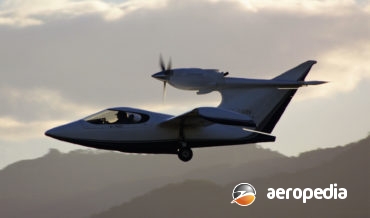
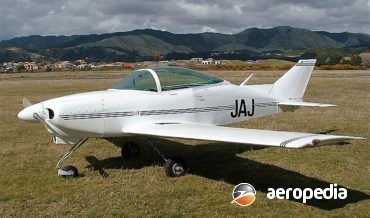
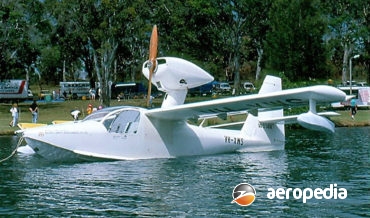
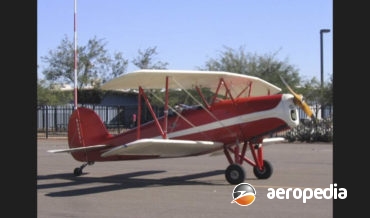
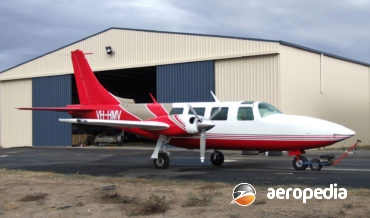
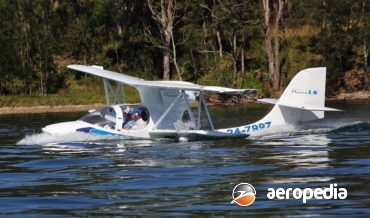
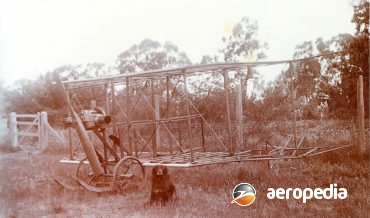
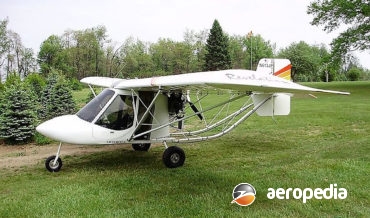
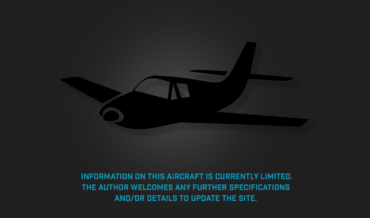
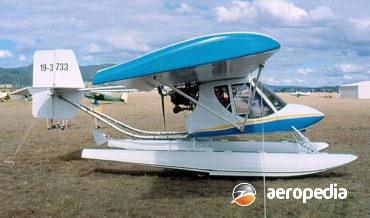
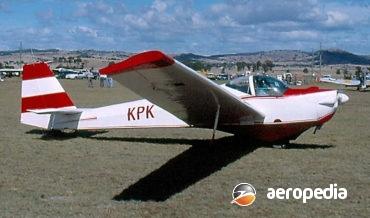
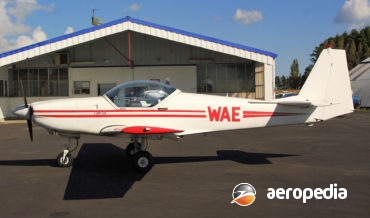
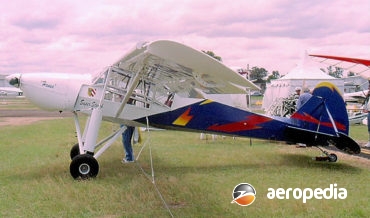
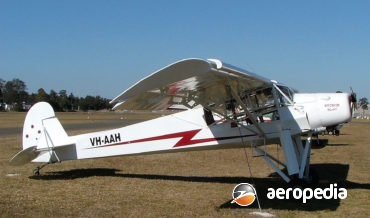

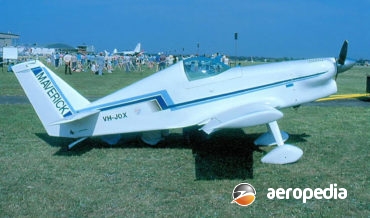
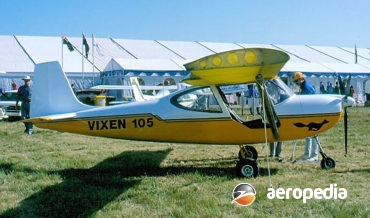
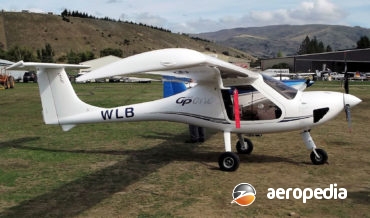
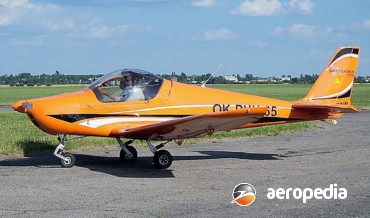
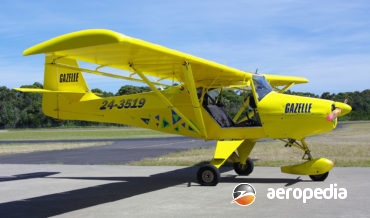
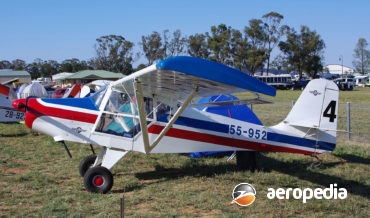
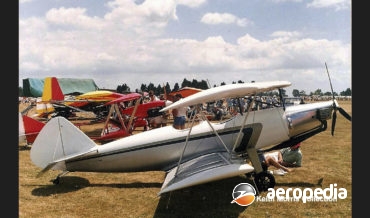
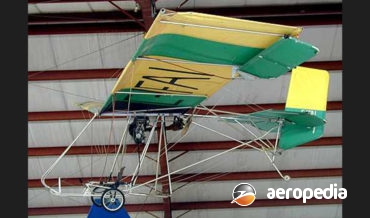
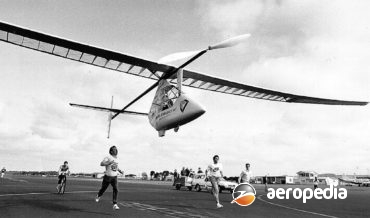
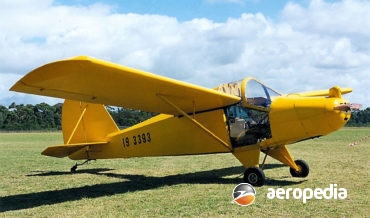
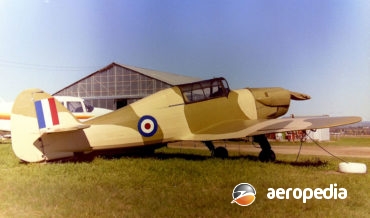
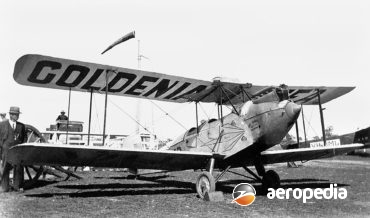
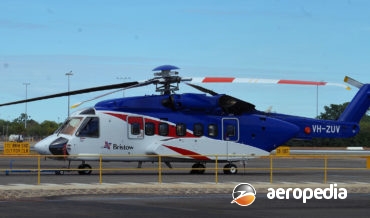
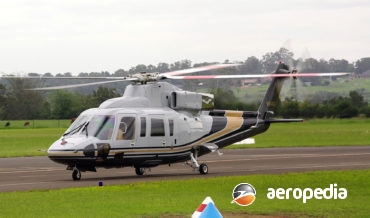
![SIKORSKY S-64 [ERICKSON AIRCRANE]](https://aeropedia.com.au/wp-content/uploads/2020/01/Sikorsky-S-64_Aeropedia-The-Encyclopedia-of-Aircraft-370x218.jpg?v=1579742669)
